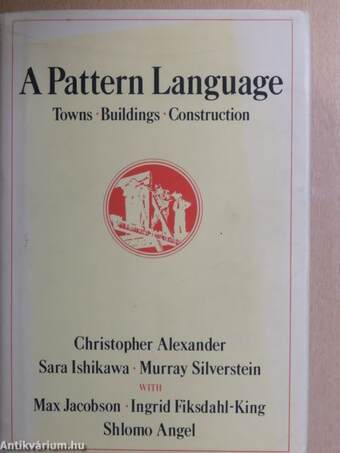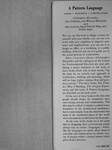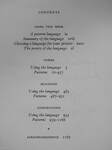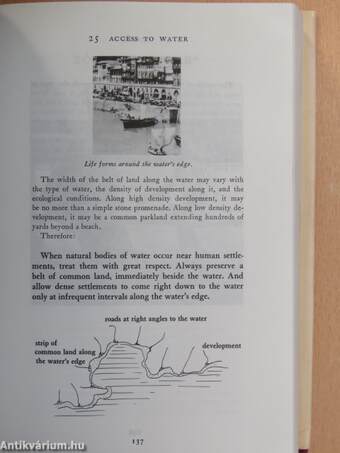1.062.540
kiadvánnyal nyújtjuk Magyarország legnagyobb antikvár könyv-kínálatát

VISSZA
A TETEJÉRE
JAVASLATOKÉszre-
vételek
A Pattern Language
Towns/Buildings/Construction
| Kiadó: | Oxford University Press |
|---|---|
| Kiadás helye: | Oxford |
| Kiadás éve: | |
| Kötés típusa: | Vászon |
| Oldalszám: | 1.171 oldal |
| Sorozatcím: | Center for Environmental Structure |
| Kötetszám: | 2 |
| Nyelv: | Angol |
| Méret: | 20 cm x 14 cm |
| ISBN: | 0-19-501919-9 |
| Megjegyzés: | Fekete-fehér fotókkal, illusztrációkkal. |
naponta értesítjük a beérkező friss
kiadványokról
naponta értesítjük a beérkező friss
kiadványokról
Fülszöveg
A Pattern Language
TOWNS • BUILDINGS • CONSTRUCTION
Christofher Alexander,
Sara Ishikawa, and Murray Silverstein
with
Max Jacobson, Ingrid Fiksdahl King, and Shlomo Angel
You can use this book to design a house for yourself with your family; you can use it to work with your neighbors to improve your town and neighborhood; you can use it to design an office, or a workshop, or a public building. And you can use it to guide you in the actual process of construction.
After a ten-year silence, Christopher Alexander and his colleagues at the Center for Environmental Structure are now publishing a major statement in the form of three books which will, in their words, "lay the basis for an entirely new approach to architecture, building and planning, which will we hope replace existing ideas and practices entirely." The three books, The Timeless Way of Building, The Oregon Exferi-menty and this book, A Pattern Language, are described on the back cover.
At the core of these books... Tovább
Fülszöveg
A Pattern Language
TOWNS • BUILDINGS • CONSTRUCTION
Christofher Alexander,
Sara Ishikawa, and Murray Silverstein
with
Max Jacobson, Ingrid Fiksdahl King, and Shlomo Angel
You can use this book to design a house for yourself with your family; you can use it to work with your neighbors to improve your town and neighborhood; you can use it to design an office, or a workshop, or a public building. And you can use it to guide you in the actual process of construction.
After a ten-year silence, Christopher Alexander and his colleagues at the Center for Environmental Structure are now publishing a major statement in the form of three books which will, in their words, "lay the basis for an entirely new approach to architecture, building and planning, which will we hope replace existing ideas and practices entirely." The three books, The Timeless Way of Building, The Oregon Exferi-menty and this book, A Pattern Language, are described on the back cover.
At the core of these books is the idea that people should design for themselves their own houses, streets, and communities. This idea may be radical (it implies a radical transformation of the architectural profession) but it comes simply from the observation that most of the wonderful places of the world were not made by architects but by the people.
At the core of the books too is the point that in designing their environments people always rely on certain "languages," which, like the languages we speak, allow them to articulate and communicate an infinite variety of designs within a formal system which gives them coherence.
USA $60.00 Vissza
Témakörök
- Idegennyelv > Idegennyelvű könyvek > Angol > Műszaki
- Idegennyelv > Idegennyelvű könyvek > Angol > Művészetek > Építészet
- Művészetek > Építészet > Idegen nyelv > Angol
- Művészetek > Építészet > Várostervezés, városrendezés > Átfogó
- Művészetek > Építészet > Épületek > Családi házak > Egyéb
- Művészetek > Építészet > Épületek > Épületszerkezetek
- Műszaki > Ipar > Építőipar > Általában
- Műszaki > Idegennyelv > Angol
- Műszaki
Megvásárolható példányok
Nincs megvásárolható példány
A könyv összes megrendelhető példánya elfogyott. Ha kívánja, előjegyezheti a könyvet, és amint a könyv egy újabb példánya elérhető lesz, értesítjük.









